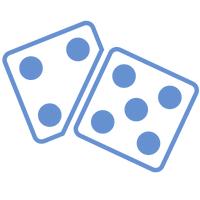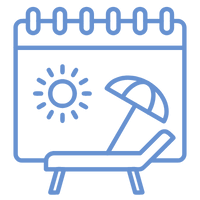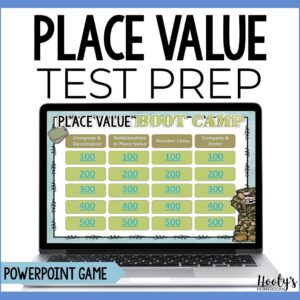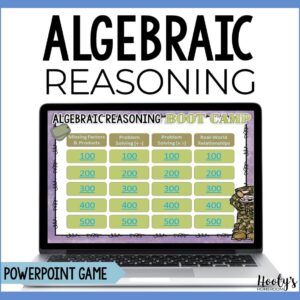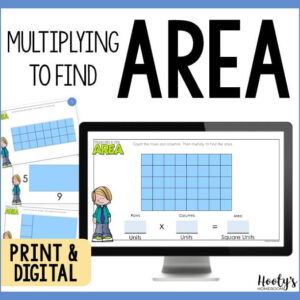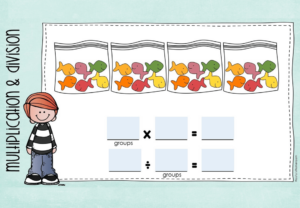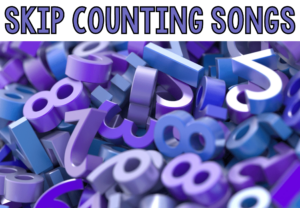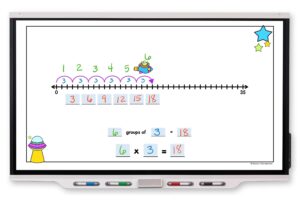As math teachers, we know how important it is for our students to move beyond rote memorization and develop true math fluency. Relating multiplication and division is one of those key concepts that helps students understand the relationships between numbers and operations. When students can clearly see how multiplication and division are connected, they strengthen their problem-solving skills and lay the groundwork for future success in math.
Let’s take a closer look at why this skill is so essential and how we can teach it effectively in our classrooms.
The Importance of Relating Multiplication and Division
Multiplication and division are inverse operations—what we do in one can be undone by the other. For example, if we know that 3 x 4 = 12, we can also know that 12 ÷ 4 = 3. Understanding this relationship allows students to move between operations with ease.
When students grasp this connection, they’re not just memorizing facts in isolation; they’re building a mental toolkit that makes problem-solving more efficient. This understanding supports everything from tackling word problems to mastering fractions and algebra later on.
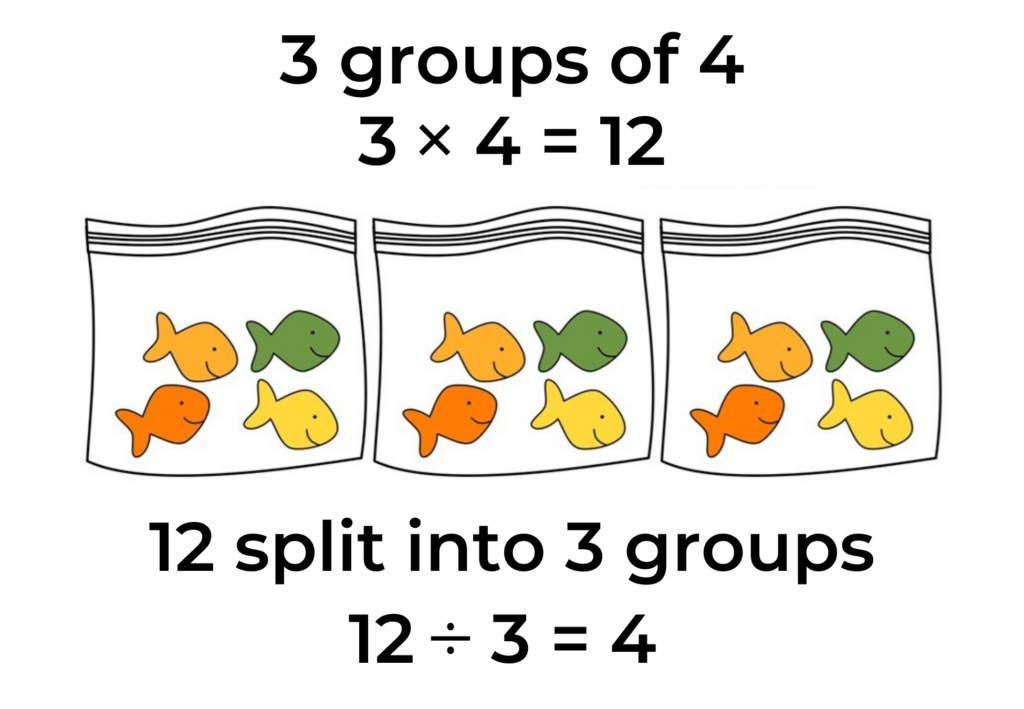
Common Challenges Students Face
Many students struggle with relating multiplication and division. Some of the most common challenges include:
- Memorizing facts without understanding their meaning.
- Seeing division as “hard” because they don’t understand how it connects to multiplication.
- Getting confused about how numbers in multiplication and division equations are related.
These challenges can leave students frustrated and lacking confidence. That’s why it’s so important to address these gaps early with tools and strategies that make the connection clear.
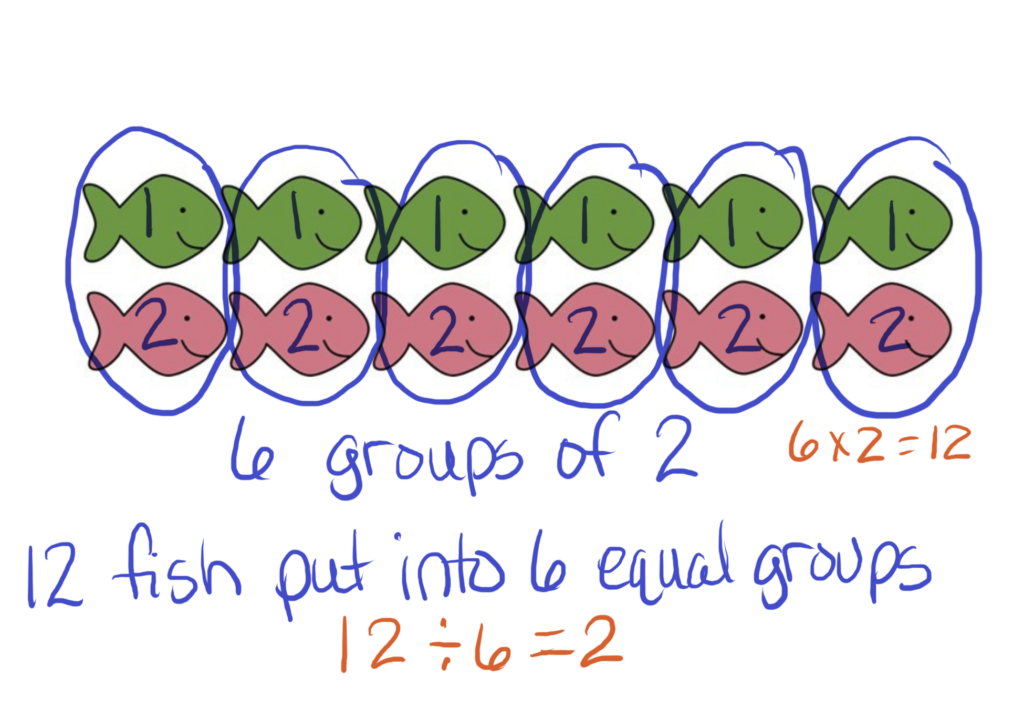
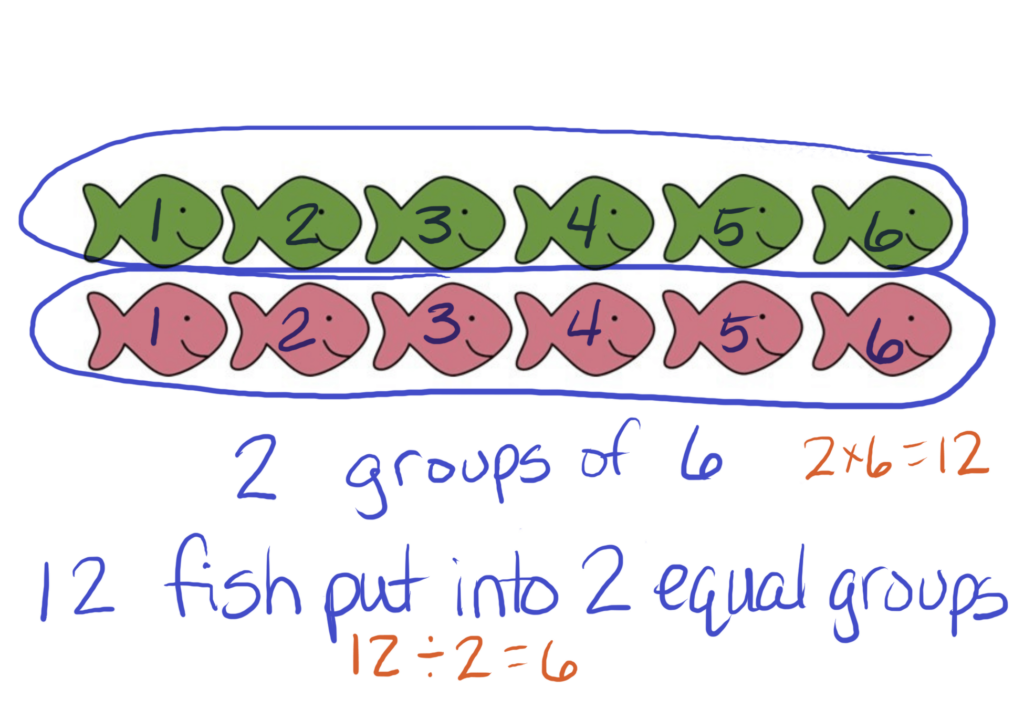
Visual Models Make a Difference
Visual aids like arrays and equal groups are game-changers when relating multiplication and division. They help students move from abstract numbers to concrete understanding. For example:
- Arrays: Show a grid of rows and columns (e.g., 3 rows of 4) to illustrate both multiplication (3 x 4) and division (12 ÷ 4 or 12 ÷ 3).
- Equal Groups: Divide a total number into equal groups (e.g., 12 objects into 3 groups of 4) to show how multiplication and division work together.
These models give students a visual and hands-on way to see the connection, making the math “click” for many learners.
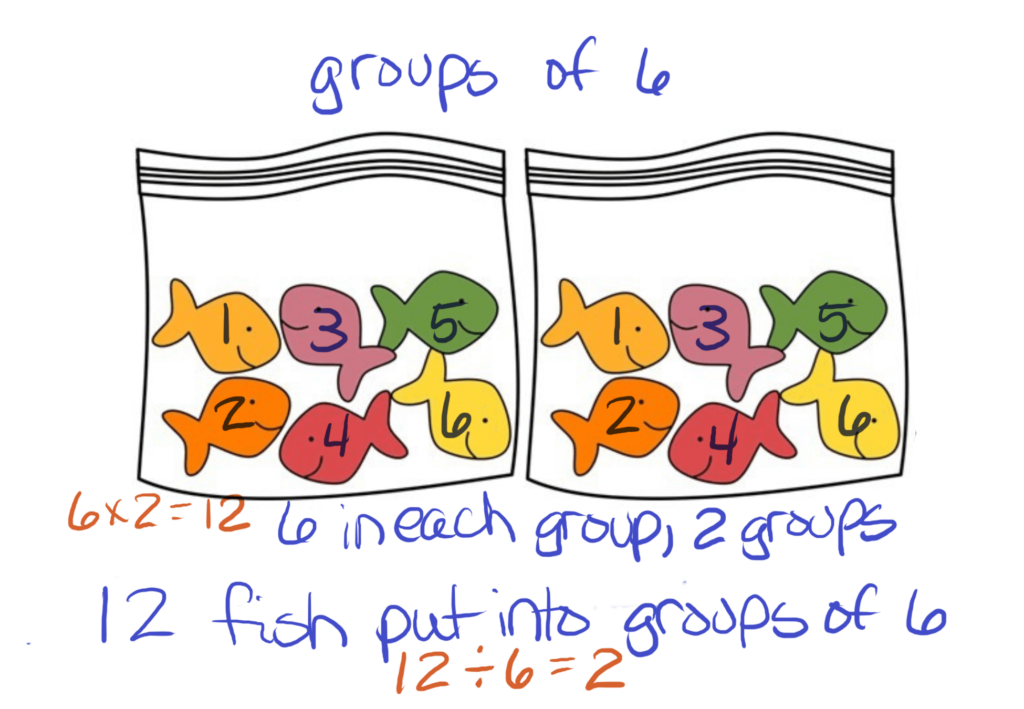
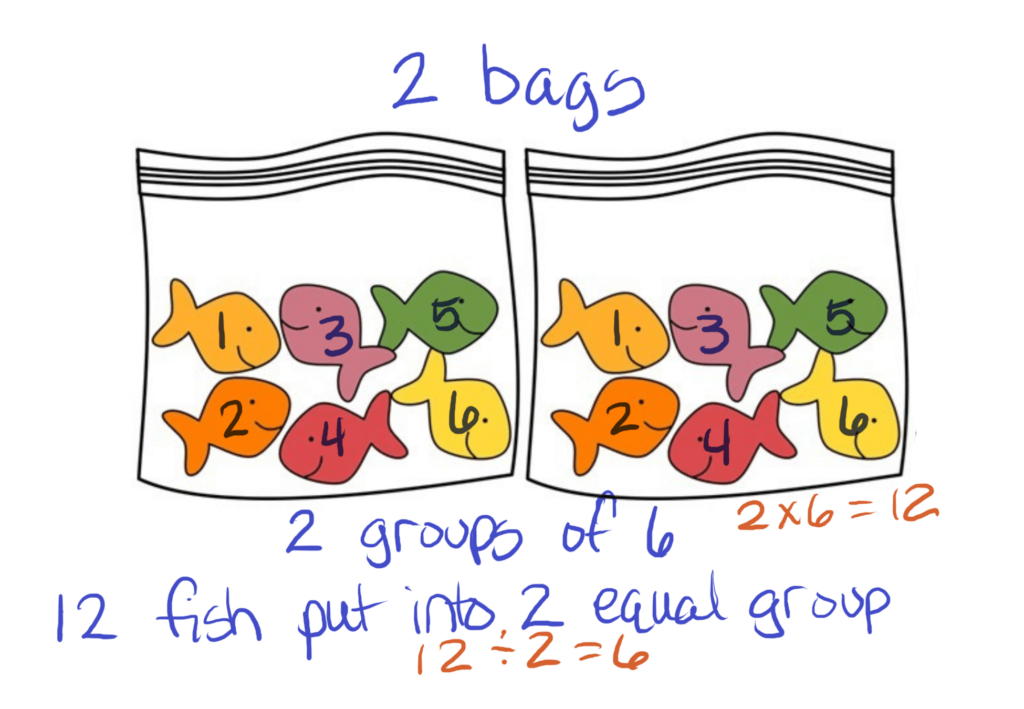
Using Task Cards for Relating Multiplication and Division
One of my favorite tools for teaching fact families is a resource packed with colorful, visual models. For example, the Relating Multiplication and Division Google Slides task cards include:
- Colorful arrays and equal group models to make concepts clear.
- Opportunities for students to create multiplication and division equations for each model.
- Both printable and digital formats, perfect for different classroom needs.
These task cards give students the practice they need to master related facts in a way that’s engaging and accessible.
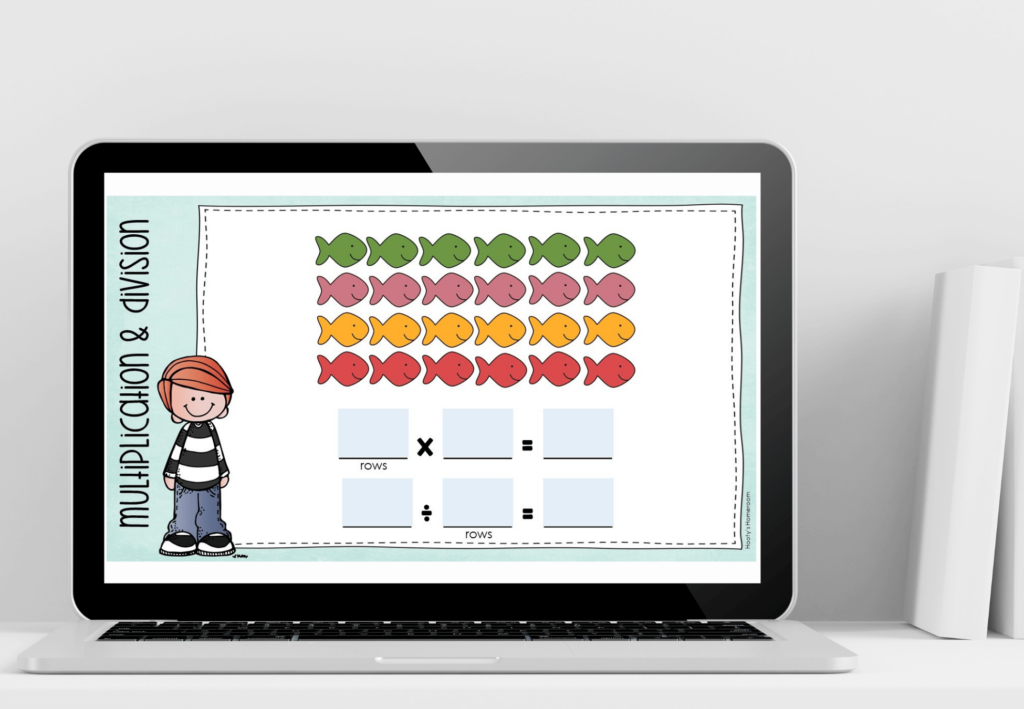
Practical Tips for Teachers
Here are a few ways you can use this resource effectively in your classroom:
- Small Groups or Math Centers: Use the printable task cards during small-group instruction to provide targeted support to struggling students.
- Independent Practice: Assign the Google Slides version as a self-paced activity, allowing students to work independently while you focus on small groups.
- Daily Warm-Ups: Incorporate a few task cards into your daily routine as a quick review to reinforce fact families.
The flexibility of this resource makes it easy to adapt to your students’ needs, whether they’re just being introduced to related facts or need extra support to solidify their understanding.
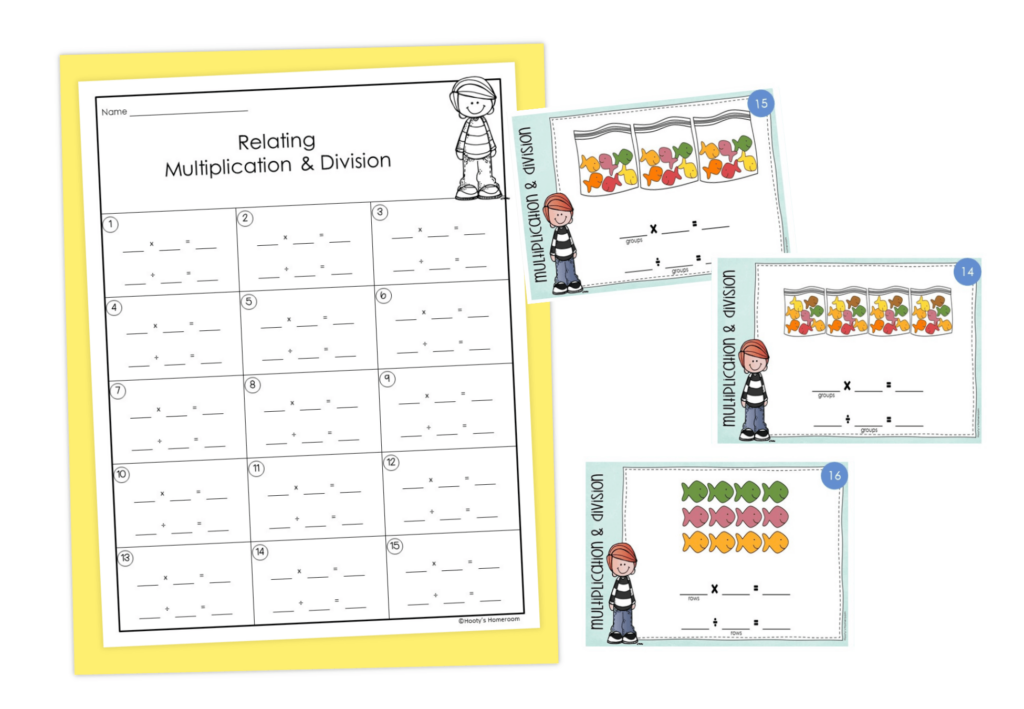
Long-Term Benefits for Students
When students truly understand how multiplication and division are related, they become more confident problem solvers. They’re able to tackle new math challenges with ease because they have a strong foundation to build on. Plus, the mental connections they form now will support them as they progress to more advanced topics.
As teachers, our goal is to not just teach math but to make it stick. Helping students master related facts through engaging and meaningful practice is a huge step in that direction.
Wrapping It Up
Relating multiplication and division is a skill every student needs to succeed in math, but it’s not always taught in depth. By using tools like visual models, and interactive task cards, you can make this essential concept clear and approachable for all your students.
If you’re looking for a resource to help you get started, check out the Multiplication and Division Fact Families task cards. They’re easy to use, flexible, and designed to meet your students where they are. With a little practice and the right tools, your students will be well on their way to mastering multiplication fluency.




